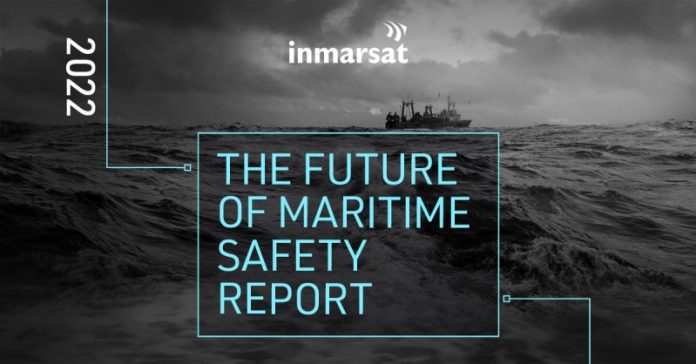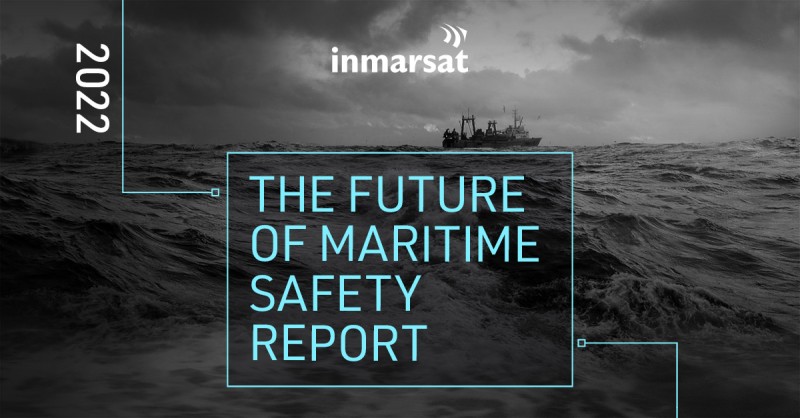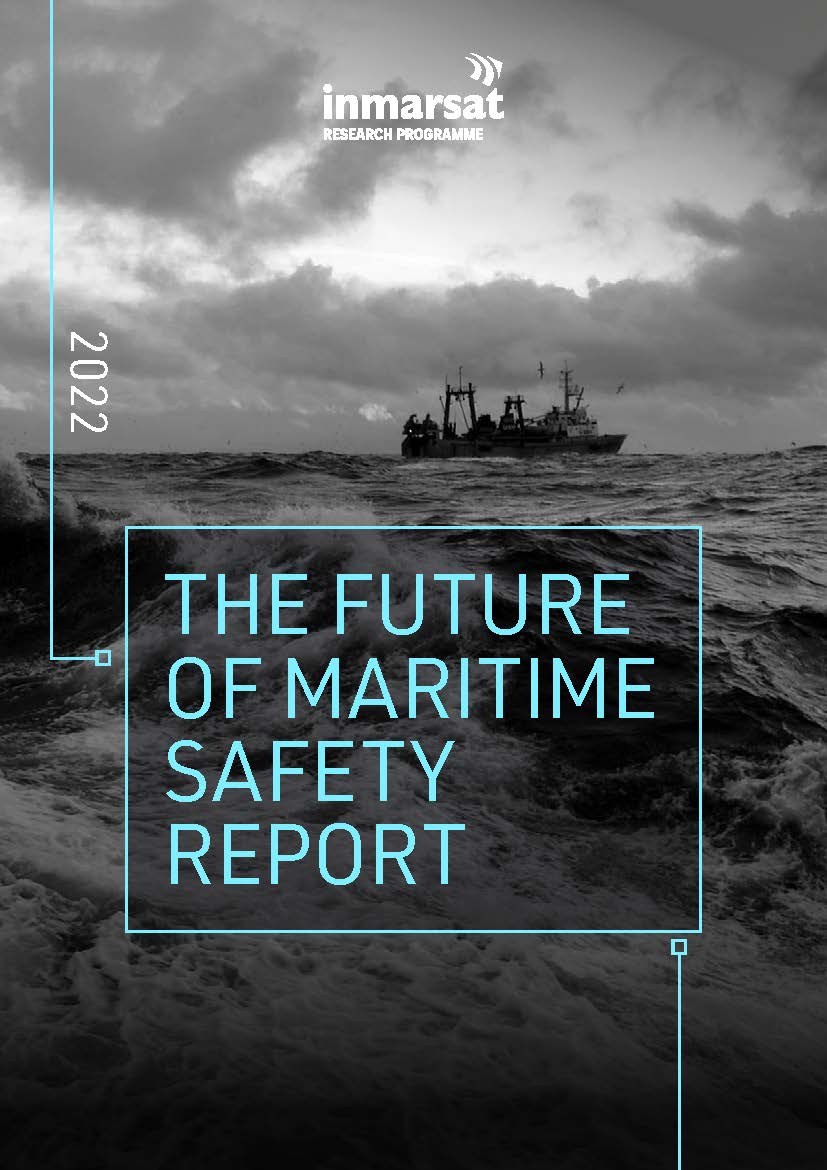
(www.MaritimeCyprus.com) Advancing technology is enhancing maritime safety but shipping needs greater transparency, distress call interoperability, updated training and better crew retention to verify continuous improvement.
A new report from Inmarsat provided a focus for lively debate at Posidonia, as a group of senior industry figures discussed a surge in Global Maritime Distress Signal Service calls from seafarers working through the stresses, quarantines and extended contracts of Covid-19. Session moderator Namrata Nadkarni (CEO, Intent Communications) introduced the ‘Future of Maritime Safety’ report, which shows vessel losses in decline, but GMDSS calls rising from 597 in 2018 to peak at 834 in 2020. Joining Nadkarni on stage were: Peter Broadhurst, Senior Vice President Safety and Regulatory, Inmarsat; Guy Platten, Secretary General of the International Chamber of Shipping; Despina Panayiotou Theodosiou, CEO Tototheo; Päivi Haikkola, One Sea Ecosystem Lead; and Elpi Petraki, Chartering, Operations and Business Development Manager, ENEA Management.
In a thought-provoking overview, Broadhurst focused on the need for transparency in maritime safety. “There’s an efficiency index and a carbon intensity for existing ships, so why can’t we derive a benchmark for safety?” he said. “Why aren’t we seeking a minimum reduction in marine fatalities of 50% by 2050, for example, and a 70% reduction in the number of accidents?”. Without asking marine insurers to disclose the “crown jewels” of premiums, Broadhurst said continuous improvements in safety could only be verified if definitive numbers on drownings, ship fires, cases of liquefaction, lifeboat hook and pilot ladder incidents, etc., were easier to come by. “If you don’t measure, you can’t benchmark, so how do you know if you’re improving?”
Citing a well-known but still startling statistic, Guy Platten, Secretary General of the International Chamber of Shipping, said that merchant mariners were up to 21 times the risk of suffering a fatal accident than the general workforce*.
Improvements to training were critical in enhancing safety, emphasised Elpi Petraki, Chartering, Operations and Business Development Manager, ENEA Management. She said progressive work to uphold tanker safety culture had been central to declining casualty numbers over the last decade, but maintaining that culture relied heavily on retaining quality crews. “It is in the industry’s interest to take care of its crews, train and encourage them and offer them the career progression to ensure we keep them with us as long as we can,” she said.
Despina Panayiotou Theodosiou, CEO, Tototheo, highlighted the need for training to focus on people and technology working better together. “It’s important to be honest: crews are responsible for very expensive assets, so we should treat them as valuable too,” she said. “It’s no longer acceptable to update standards every ten or 15 years.”
Rather than focusing on the autonomous ship thesis driving the One Sea industry alliance, Paivi Haikkola stressed the role of digital tools in enhancing ship safety today. Augmented vision technologies, for example, helped to enhance situational awareness. Again, autonomous monitoring and advisory technologies dealt even-handedly with anomalies caused by weather conditions, machinery performance or human activity, therefore providing built-in checks and balances to improve safety, she said.
Broadhurst observed that automated reporting of anomalies supported a more proactive approach to safety management that was comparable to aviation. Today, seafarers use non-distress urgency alerts infrequently, but automated systems could detect anomalies to alert maritime rescue services of a developing scenario before it reached the point of crisis.
“If shipboard sensors log a vessel’s speed suddenly dropping from 12-knots to zero, that could trigger real-time VDR monitoring and reporting, for example. The Rescue Coordination Center could start preparing: saving time saves lives.” The approach could also mean better accountability on near-miss situations, said Broadhurst. Petraki linked improved near miss reporting directly to enhanced maritime safety.
Broadhurst stressed new ‘distress chat’ features available to Inmarsat’s new Fleet Safety terminal as another example of the way technical progress can enhance maritime safety, in this case by improving RCC responsiveness and incident reporting.
Inmarsat is no longer the sole provider of GMDSS, and Broadhurst also highlighted the lack of interoperability between service providers as an unresolved issue for future maritime safety. In addition to the complexity, inefficiency and potential delays involved in exchanging messages between platforms, GMDSS may be compromised as a public service if suppliers have incompatible claims on Maritime Rescue Center resources.
Readers can download The Future of Maritime Safety report below:
* Fatal accidents and injuries among merchant seafarers worldwide (S. E. Roberts, D. Nielsen, A. Kotłowski, B. Jaremin) - https://academic.oup.com/occmed/article/64/4/259/1464740














